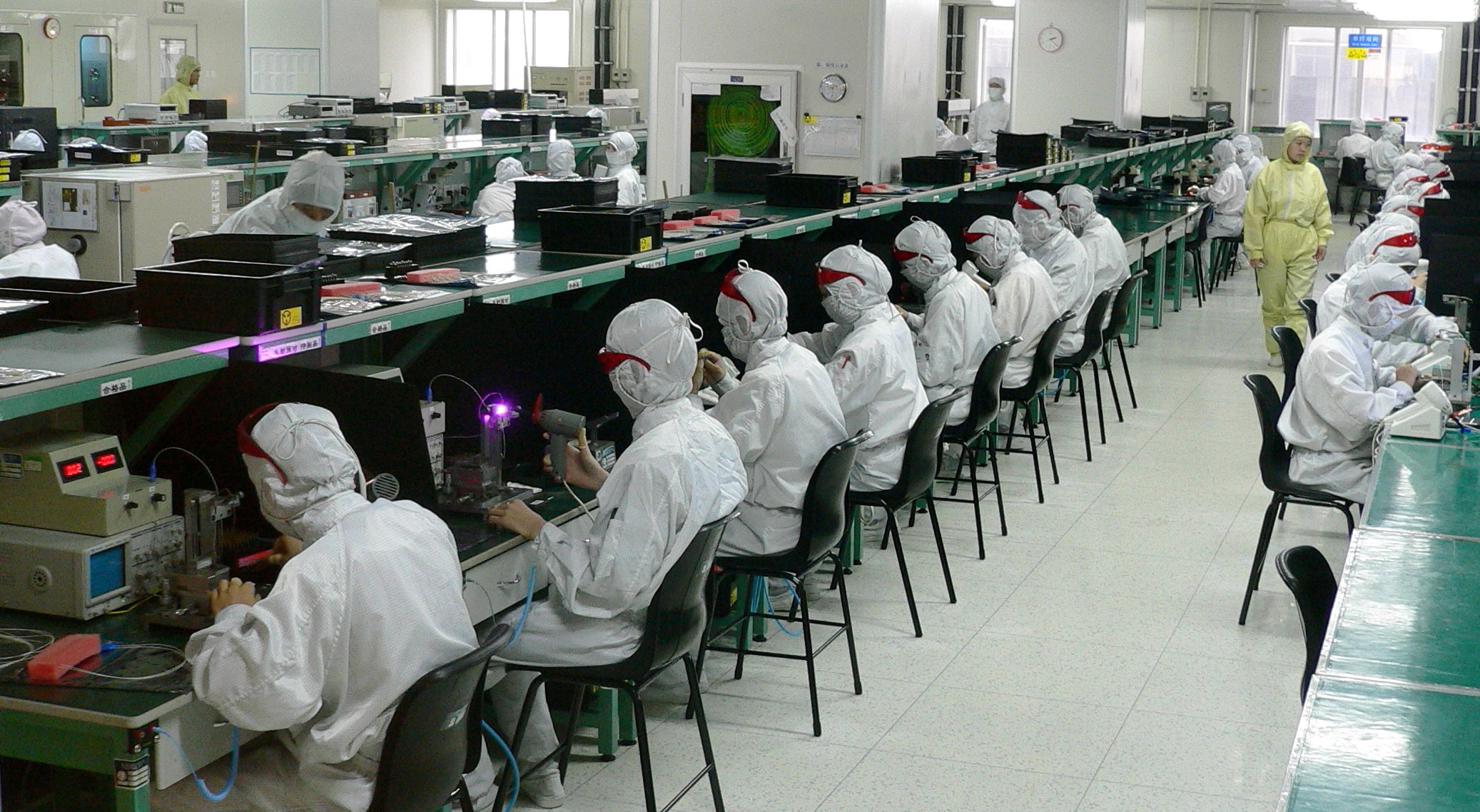The international community has often scrutinised the conditions of work in China. Excessively long working hours and crowded and unsafe working conditions1 have always been part of the global labour rights discourse. However, over the last few years, the international community has begun to express their concern about forced labour in China, which has often been called a modern form of slavery in the PRC. Though the working conditions are generally poor, evidence of discrimination against certain ethnicities and regions exists.
The UN and the ILO have called out China for discriminatory treatment of Uighurs from Xinjiang province. The Chinese government has detained more than a million Uighurs in so-called “re- education camps” in the province. Apart from detention, the population is often subjected to strict surveillance, involuntary sterilisation and forced labour. The conditions are so concerning that the UN considers the situation a crime against humanity2.
The Chinese government calls these camps re-education camps as they provide facilities for vocational education and training, and thus poverty eradication; however, activists worry that they are no better than concentration camps. Since 2014, when such incidences were first reported, there has been a rapid increase in these camps.
The re-educated detainees, mostly from the minority religion, are sent to factories as forced labour. Thus, these internment camps solve two purposes of the Chinese government in one go: first, it acts as a disciplining mechanism where these ethnicities (mainly Muslims) are denied their religious and cultural practices. Second, to build their loyalty to the PRC, they are forced to work in factories in Xinjiang3. So, the Chinese government is not only flouting international standards of labour, it is doing so by committing humanitarian excesses by minorities of their identity. The Chinese government is essentially using the supply of cheap minority labour to fulfil its economic plans of boosting textile manufacturing in the region and converting it into an export hub.
Like Uighurs, Tibet is also subjected to “labour transfer” and “vocational training”. Tibetans are being coerced to join low-skilled and low-paid jobs in manufacturing and construction. They are being exploited by deterring them from using their language or practicing their religion4. As Uighurs, the Tibetan minority is subjected to eradicating their culture and traditional lifestyles under the pretext of poverty eradication.
The “996” work culture in China, where people work twelve hours a day for 6 days a week has been another modern form of labour exploitation rampant in China, particularly among the tech workers. Here, the conflict is between the management and the employees, where the management sugar-coats long work hours as a “blessing in disguise”, implying that the companies are obliging people to work for them. Such statements have come from the top management of major corporations in China. The government provides no support for the demand for better working conditions, as the labour rights activists often bear the brunt. The police arrest activists on the grounds of disturbing the social order5.
Raising a voice for labour rights is highly risky, rather lethal. Despite economic dissatisfaction, workers can’t form independent labour unions in China. The Communist Party fears labour unrest, which will challenge the government’s legitimacy. The state-run media clashes down on labour and human rights activists and defames them with false accusations. Such actions by the state ensure enough deterrence in society to discourage workers from speaking6. Thus, we see a nexus between industry and the state, where top management demands long working hours and prevents paying for overtime, and the organs of the state, like the judiciary, the police and the media, support it7. Not just private individuals but the muted voices of labour abuse also exist in China’s state-owned enterprises. Overseas Chinese workers under SOEs and sub-contractors face vices of human trafficking and forced labour. The Belt and Road Initiative of China is being accomplished using forced labour. These workers have reported facing hazardous working conditions, physical abuses, and not being allowed to express their dissent8. Moreover, journalists who attempt to raise voices on their behalf are also threatened by the police9.
The labour force is vulnerable across industries, be it debt bondage, brick kilns or construction sites, cases of trafficking and abuse of migrated domestic workers, or unpaid work in factories by students in the name of vocational training and internships10. Workers are bound to their employers, and leaving them is costly as they face coercion like lost wages and physical abuse.
To summarise, labour exploitation occurs in China in myriad ways and forms. It ranges from the over- exploitation of tech workers by corporates to the abuse of overseas Chinese workers undertaking projects essential for Chinese diplomatic relations and honour. It includes extractive internships, unsafe conditions, and forced labour in manufacturing units, all amounting to modern forms of slavery. It doesn’t provide space for activists to raise their voices or for minorities to follow their culture. Labour exploitation combines with human rights violations, as the Communist Party mandates trampling of dissent, the rights of minorities and their identity, and pursues mass indoctrination through “re-education” for anyone they consider different, hence a threat. Despite this, there has been no display of political will or even acknowledgement of the violation of labour and human rights by the Communist Party.
1 https://china.usc.edu/calendar/working-conditions-and-worker-rights-china-recent-developments
2 https://www.cfr.org/backgrounder/chna-xinjiang-uyghurs-muslims-repression-genocide-human-rights
3 https://csis-website-prod.s3.amazonaws.com/s3fs-
public/publication/Lehr_ConnectingDotsXinjiang_interior_v3_FULL_WEB.pdf
4 https://news.un.org/en/story/2023/04/1136102
5 https://www.scmp.com/news/china/policies-politics/article/1901327/they-tore-through-everything-labour- activists?module=inline&pgtype=article?module=inline&pgtype=article
6 https://www.scmp.com/news/china/policies-politics/article/1901327/they-tore-through-everything-labour- activists?module=inline&pgtype=article?module=inline&pgtype=article
7 https://www.scmp.com/comment/letters/article/3154115/chinas-996-work-culture-labour-exploitation-another- name
8 https://www.washingtonpost.com/world/asia_pacific/china-labor-belt-road-covid/2021/04/30/f110e8de-9cd4- 11eb-b2f5-7d2f0182750d_story.html 9 https://www.washingtonpost.com/world/asia_pacific/china-labor-belt-road-covid/2021/04/30/f110e8de-9cd4- 11eb-b2f5-7d2f0182750d_story.html
10 https://thediplomat.com/2018/03/chinas-forced-labor-problem/

Leave a Reply